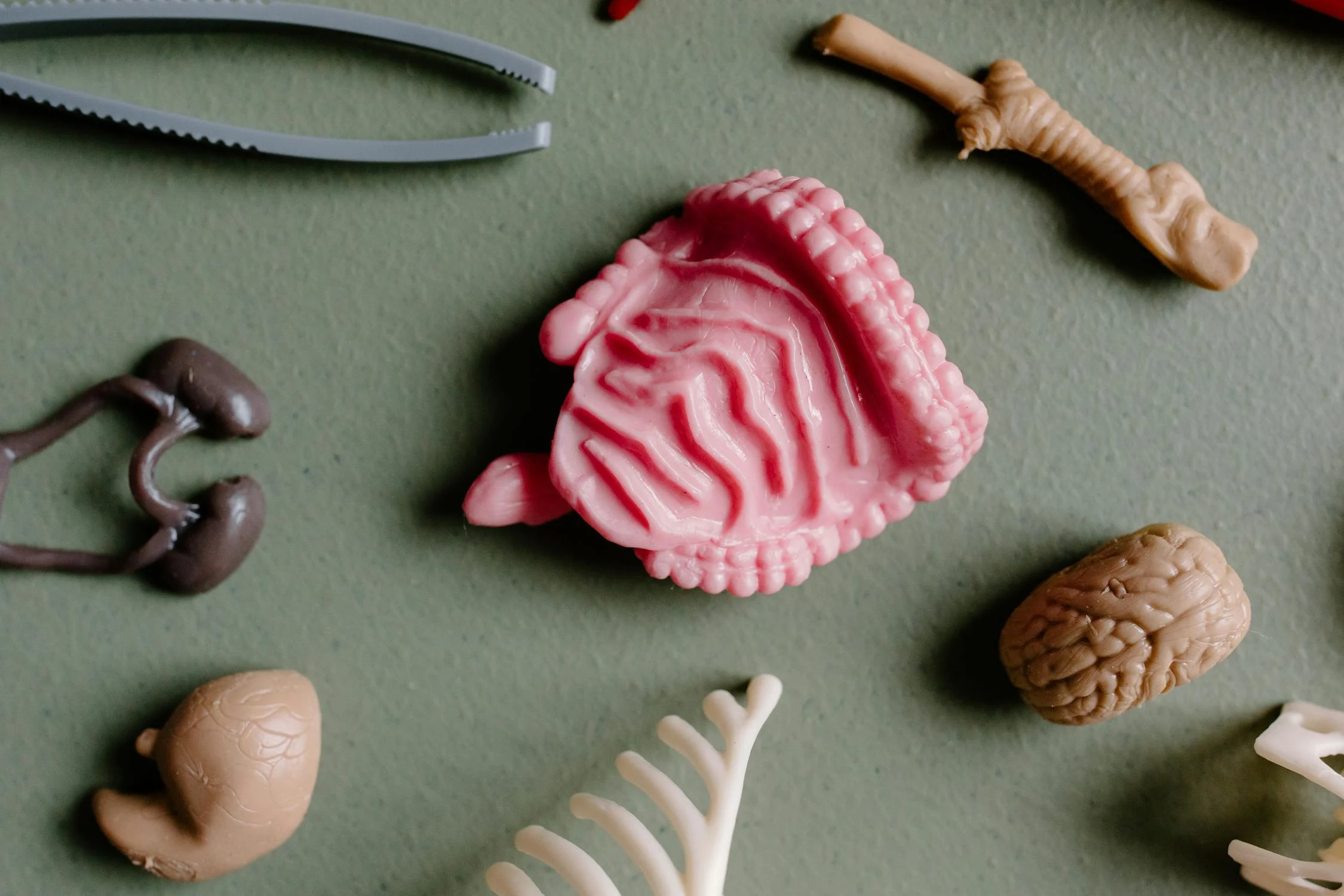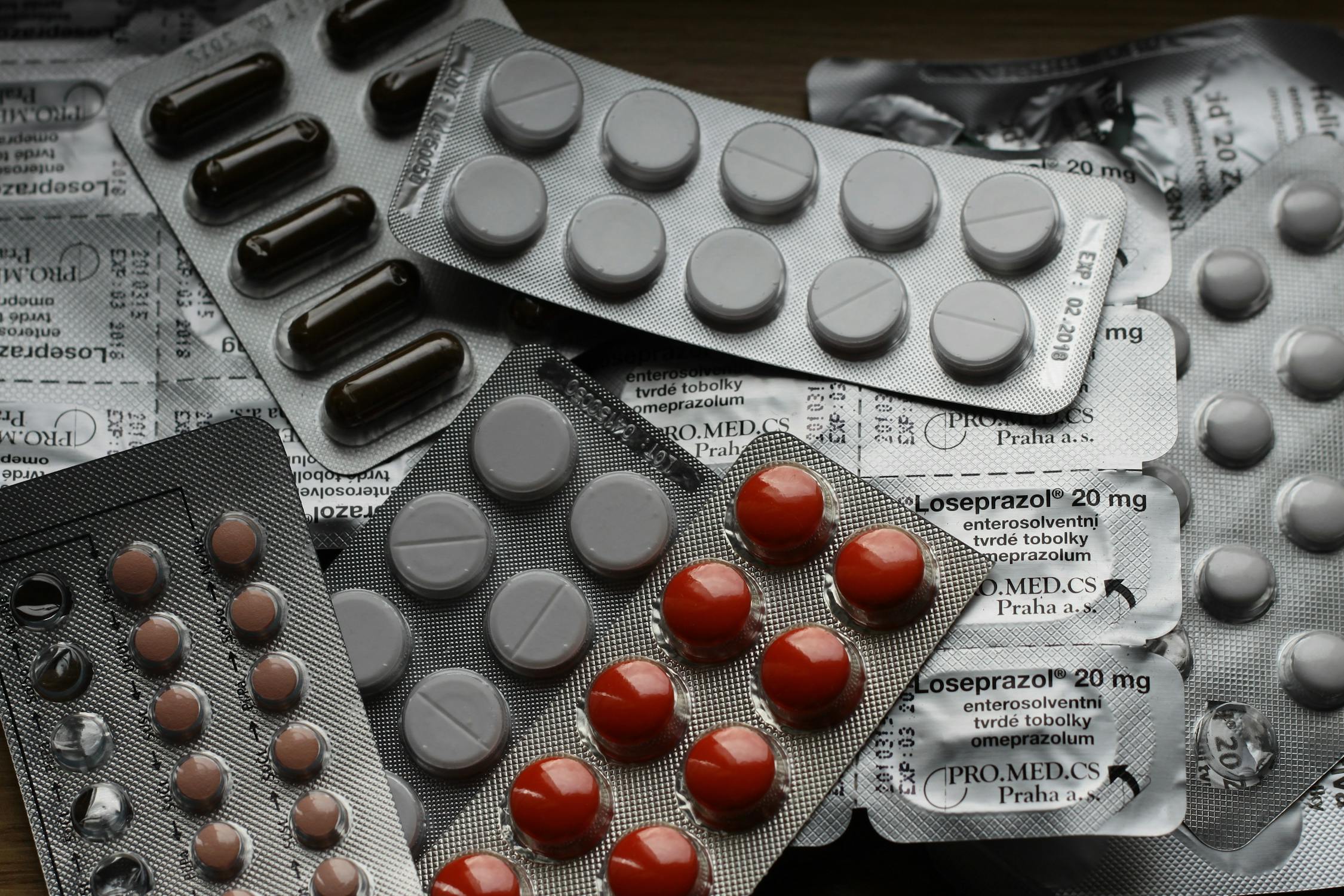Neutropenic enterocolitis, also known as typhlitis, is a serious, potentially life-threatening condition primarily affecting immunocompromised patients with severe neutropenia (low neutrophil count, typically <500/mm³). It involves inflammation and necrosis of the intestinal wall, most commonly in the cecum, but can extend to the ileum or colon. It’s often seen in patients undergoing chemotherapy for cancers like leukemia or lymphoma, or those with bone marrow suppression from other causes.
Causes and Risk Factors
• Neutropenia: Core trigger, usually from chemotherapy, bone marrow transplantation, or immunosuppressive therapies.
• Underlying conditions: Acute leukemia, lymphoma, solid tumors, or aplastic anemia.
• Contributing factors:
• Chemotherapy-induced mucosal damage (e.g., cytarabine, anthracyclines).
• Opportunistic infections (bacteria like Clostridium septicum, fungi, or viruses).
• Altered gut microbiota and translocation of pathogens across a weakened gut barrier.
Pathophysiology
• Neutropenia impairs the body’s ability to fight infections, allowing bacterial or fungal invasion of the intestinal mucosa.
• Chemotherapy or radiation damages rapidly dividing gut lining cells, causing mucosal breakdown.
• This leads to edema, ulceration, and necrosis, primarily in the cecum due to its distensibility and poor blood supply.
• Complications include perforation, peritonitis, or sepsis if untreated.
Symptoms
• Fever: Often the earliest sign.
• Abdominal pain: Typically right lower quadrant (mimicking appendicitis), may be diffuse.
• Diarrhea: Bloody or watery in some cases.
• Nausea, vomiting, or abdominal distension.
• Sepsis signs: Hypotension, tachycardia, or altered mental status in severe cases.
• Symptoms may be subtle due to immunosuppression masking inflammation.
Diagnosis
Diagnosis is challenging due to nonspecific symptoms and requires a high index of suspicion in neutropenic patients.
• Clinical evaluation: Fever and abdominal pain in a neutropenic patient post-chemotherapy.
• Labs:
• Absolute neutrophil count (ANC) <500/mm³.
• Elevated inflammatory markers (CRP, ESR), though less reliable in neutropenia.
• Blood cultures to detect bacteremia or fungemia.
• Imaging (preferred over invasive procedures):
• CT scan (test of choice): Shows bowel wall thickening (>4 mm, especially cecum), pneumatosis intestinalis (air in bowel wall), or free air (if perforated).
• Ultrasound: May show thickened bowel walls; useful in children or when CT is unavailable.
• Avoid colonoscopy or barium enema: Risk of perforation.
• Differential diagnosis: Appendicitis, Clostridium difficile colitis, ischemic colitis, or graft-versus-host disease (in transplant patients).




Leave a Reply